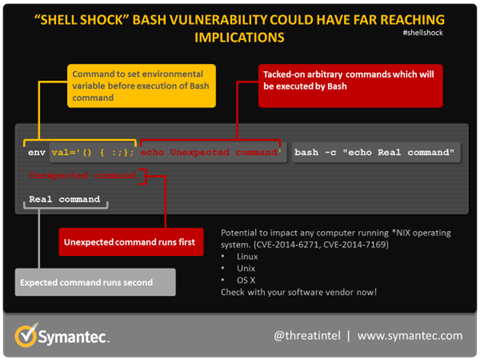Disaster recovery and the modern Office environment
Disaster recovery and the modern Office environment
As we are all aware, today’s working culture has moved on from the traditional old 9 to 5 office work to a new concept where people are working flexible hours from flexible locations. As a result, both employers and employees expect more – in particular, the ability to work seamlessly from any device and from any location at any time.
Technology advancements in telephony, collaboration tools, virtualisation, security and application and desktop delivery have enabled the ‘mobile office’ concept to be embraced faster than a speeding freight train. Adoption is also driven by the many benefits achievable through this solution – for instance, basing some staff at home can be used to reduce building and office related costs.
Relocating employees to work from their own desks using their own utilities can not only provide many financial benefits, but also allow avoiding issues such as transportation strikes and weather disasters..
But more strategically, when it comes to disaster recovery and business continuity planning, more and more companies are choosing to utilise the mobile or home office concept as a significant and vital recovery tactic. Dedicated workplace recovery services can be costly, and placing technology services at a designated workplace recovery suite will have an additional financial impact.
Similarly, if a company has multiple offices and the continuity plan states that a number of staff must relocate, for example, from the Dublin office to the Galway office, then that number desks must be either kept available, which is costly, or the existing staff displaced, with a loss of function or productivity. Then, there is also the matter of a number of PCs to configure as well as the setting up of telephones and other equipment.
Basing or rotating technical support or business support functions at home can be a huge advantage when faced with a business continuity scenario. Home-based workers are less likely to be affected by denial of access issues such as high profile terrorist targets or threats, major city power failures, office fires or flooding. The first members of staff ready and waiting for services to be brought online to be able to work during an invocation are the home-based employees.
It is not all easy and straightforward, though: all devices used by mobile and home workers – mainly laptops, smartphones and tablets – have to be managed properly and securely by the company.
Policies, technology and management tools must be in place to block users from saving or transferring harmful data onto devices, and also to maintain client confidentiality and adhere to Data Protection regulations as well as contractual obligations to customers, whilst still allowing staff to seamlessly access applications and data stored within the corporate network.
The tools already exist to support businesses to remotely manage, secure or wipe devices, remotely activate device services, and to create and manage their own security policies – whether those policies are corporate ‘end-user acceptable use’ policies, or technology enforcing policies such as disallowing ‘Copy & Paste’ functionality between devices or disabling printing or screen capture.
Fortunately, thanks to new technologies and industry best practices, the tools to achieve business continuity and to make a full recovery after a serious incident are all quite easily available. If the company’s disaster recovery and business continuity plan covers the mobile office service as well as any physical offices, the chances of a successful recovery and return to ‘business as usual’ are vastly improved. Moreover, there may be an advantage to be won over competitors going through the same issues, as well as reputational and credibility gains.
The key to any mobile office solution is resiliency and planning. It is vital that considerable thought, planning and design for the mobile office service is placed at the forefront of any disaster recovery environment and business continuity plan, to provide resiliency and contingency for the mobile and home-based workers in the event of technology failure, office inaccessibility or other unplanned incidents, as these employees may be the key to providing rapid continuation of business services in the most productive, seamless and cost-effective manner.

